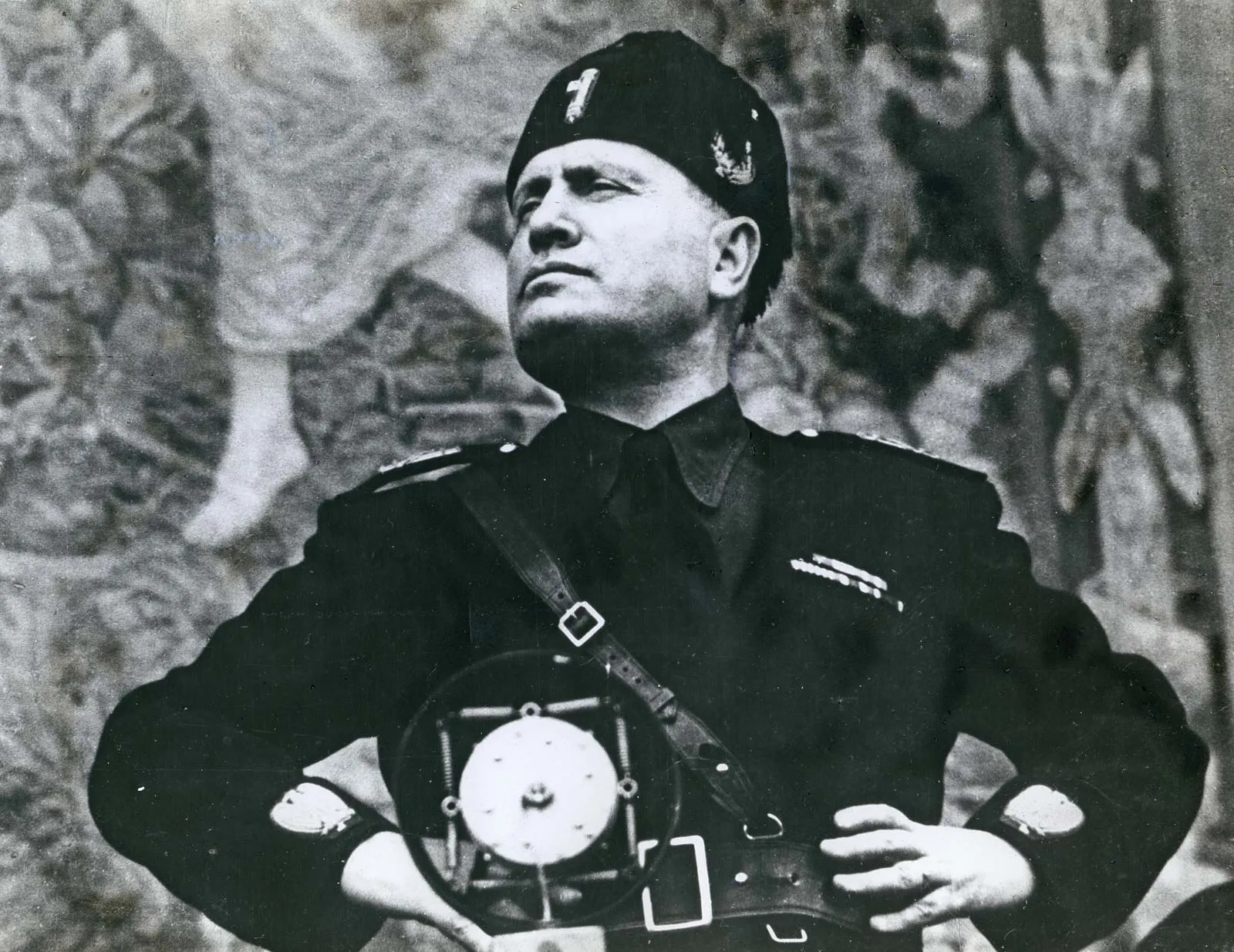Body Language & Happiness
The mind and the body are two parts of a whole. This reality is manifested in the language we use. Consider how we reference the body to describe a state of mind (25). William Schutz points out these idioms:
-shoulder a burden
-get it off your chest
-no guts
-two-faced
-chin up
-choked up
-tight ass
-no backbone and so on (25 & 26).
The somatopsychic view is taken here, which means that one’s physiology affects their mental-emotional state (27). Psychological dispositions affect ones posture and physical functioning. And the bodily posture that one’s psychological disposition has formed will have an influence on one’s feelings and the way they are perceived to feel.
In Structural Integration, Ida Rolf clarifies that one experiencing a particular emotion is inclined to carry their body in a way that outwardly manifests what they are feeling (27). When a particular posture is constantly assumed or re-assumed, that muscular arrangement becomes set” (27). When this occurs one’s physical attitude is set, and an emotional pattern is likely to ensue.
For many, tension is such a constant state that they become unaware that they are tense.
According to Alexander Lowen, we express our character in every action. Thus, character traits can be determined from a person’s walk, their handwriting, their physical appearance at rest and in motion
“The manner in which a person holds their body indicates their mood, background, and present accessibility to human interchange” (36).
Make a decision:
What is your sitting posture?
What is your standing posture?
Always do it like you are doing it for TV until it is habit.

